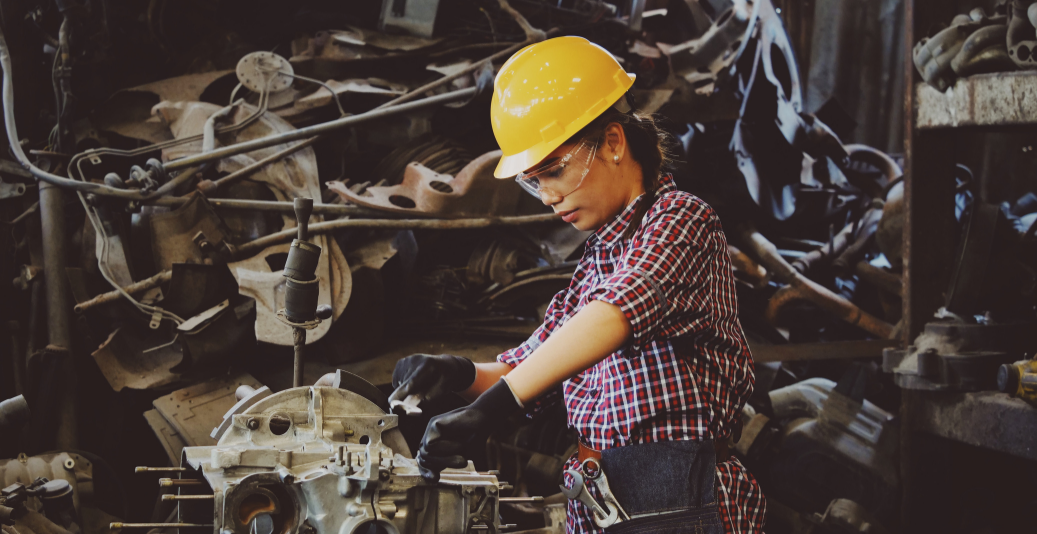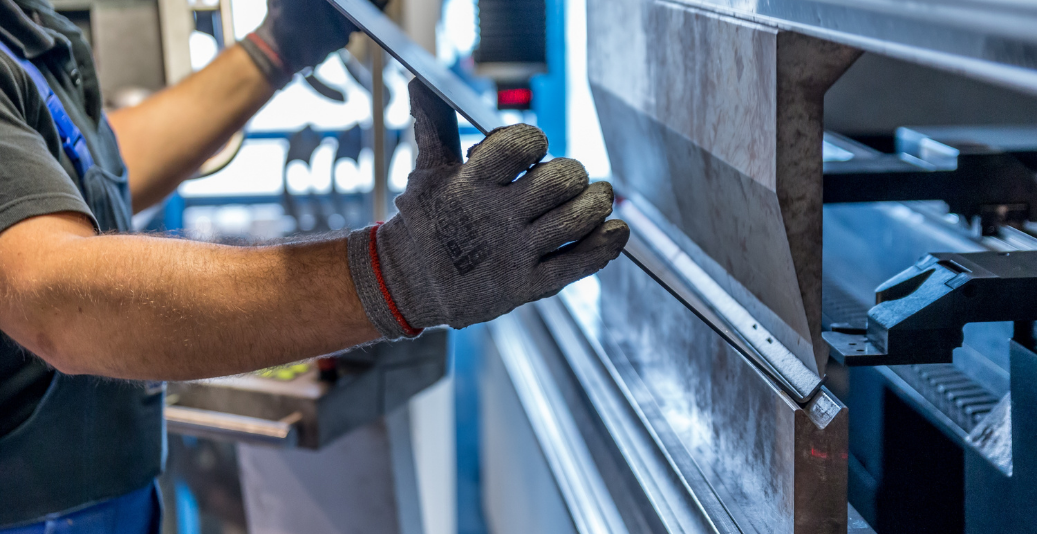Preventive Maintenance Scheduling Made Easy
What's the best way to fix an accident? By preventing it in the first place. We all know that issues are easier to deal with when they don't happen in the first place, but what can you realistically prevent from breaking in your facility?
Do you have a preventative maintenance schedule in place in your space? If you don't, you may want to read on and learn more. If so, you may want to read on and expand on your knowledge of stopping problems before they occur.

The Essential Guide to Preventive Maintenance Scheduling
It pays to be proactive rather than reactive. In fact, ignoring scheduling preventive maintenance in favour of fixing problems once they've happened can cost an organization hundreds of thousands of dollars each year. That sounds like one small way to cut costs, if you ask us.
So, let's talk more about what. What exactly is preventive maintenance?
What is Preventive Maintenance?
Preventive maintenance refers to any form of upkeep or a checkup on machinery in your facility that is designed to stop issues from even occurring, literally preventing them. As you go to the doctor for an annual check up, or bring your car to a mechanic to change the oil and check for any other anomalies that could become issues down the road, it's a good idea to develop a routine for your building to keep things in order.
The important thing is that your preventative maintenance is regularly, routine, and always covers the same bases. By doing this, it is easier to diagnose a problem when it does happen, because while we try, we can't prevent every problem from happening.
Why is Having a Preventive Maintenance Schedule Important?
Having a schedule for preventive maintenance is a critical part of keeping things running in order because any process that keeps important functions of your facility operating is key to running a successful organization. After all, you can probably think of at least 5 components of your operations that absolutely need to be running at all times, or there would be havoc.
Key Features of a Successful Preventive Maintenance Schedule
So now that we know what preventive maintenance looks like, how can you incorporate into your business plan? Well, it comes down to 5 key steps.
DOWNLOAD THE GUIDE: How facility registrations grow with the help of marketing automation

5 Steps to Creating an Effective Preventive Maintenance Plan
Let's look through these 5 key steps.
Selecting the Right Assets
First of all, which parts of your organization and facility need to have regularly maintenance? The best way to determine which pieces of machinery are best for scheduled preventative maintenance, consider the machines that are:
- Important for production, or for the organization to succeed as a whole.
- Already receiving regular maintenance.
- Costly to repair once they require a fix.
Thinking about these factors will tell you where you should start in your preventive maintenance schedule.
Collecting the Right Information
After decided which machines are the best candidates for this sort of maintenance timeline, it's time to get to work on a plan. Start calculating and accounting for the amount that your organization will save annually to take time and maintain these machines instead of keeping them down to be repaired.
Now, list the tasks that will need to be performed on these machines, how frequently, and for how long each time they will be conducted. You can get more information on this from manufacturers, your own maintenance history, and by even talking to technicians who work on machines.
Drafting your Initial Plan
Now that you have a preemptive plan in place, put all the pieces together into one cohesive plan that can be presented to your organization's head team. Share your findings, the costs associated, and most importantly, the costs saved by taking these actions on. End with action items, parties involved, and next-steps that your team can move on right away.
It is worth noting that your plan will likely change as you start conducting the actual maintenance, which brings us to our next point...
Editing & Optimization
No matter how much you refine a plan, it rarely stays to course. Once you have gotten one month, three months, or six months into your preventive scheduled maintenance plan, you will likely start to notice what's working and what isn't.
More importantly, you will notice which machines truly need the work, and which don't. This is good, though; it is all information that will tell you what to do next. Make notes on each session of preventive maintenance, and what to look at next time.
Finalization & Expansion
Now that you have gone through one or two cycles of the preventive maintenance, it is time to share your results—particularly if you have noticed a change in how often your machines are breaking down.
If you have noticed a drop in machine downtime, report this change, as well as how it translates to a change in your organization's ROI. All of this information is valuable for your head team to know. As well, note any areas where your preventive maintenance schedule can be extended, to work on more machines in the future.

Using Xplor Recreation to Power Preventive Maintenance
If this all sounds like a lot of hard work, it doesn't have to be. Xplor Recreation is your state-of-the-art software solution for facility maintenance, and that includes preventing machinery from breaking down before it happens. With Xplor Recreation, you can:
- Create maintenance reports
- Schedule maintenance in your facility
- Reduce energy use in your facility
- .. and much more!





